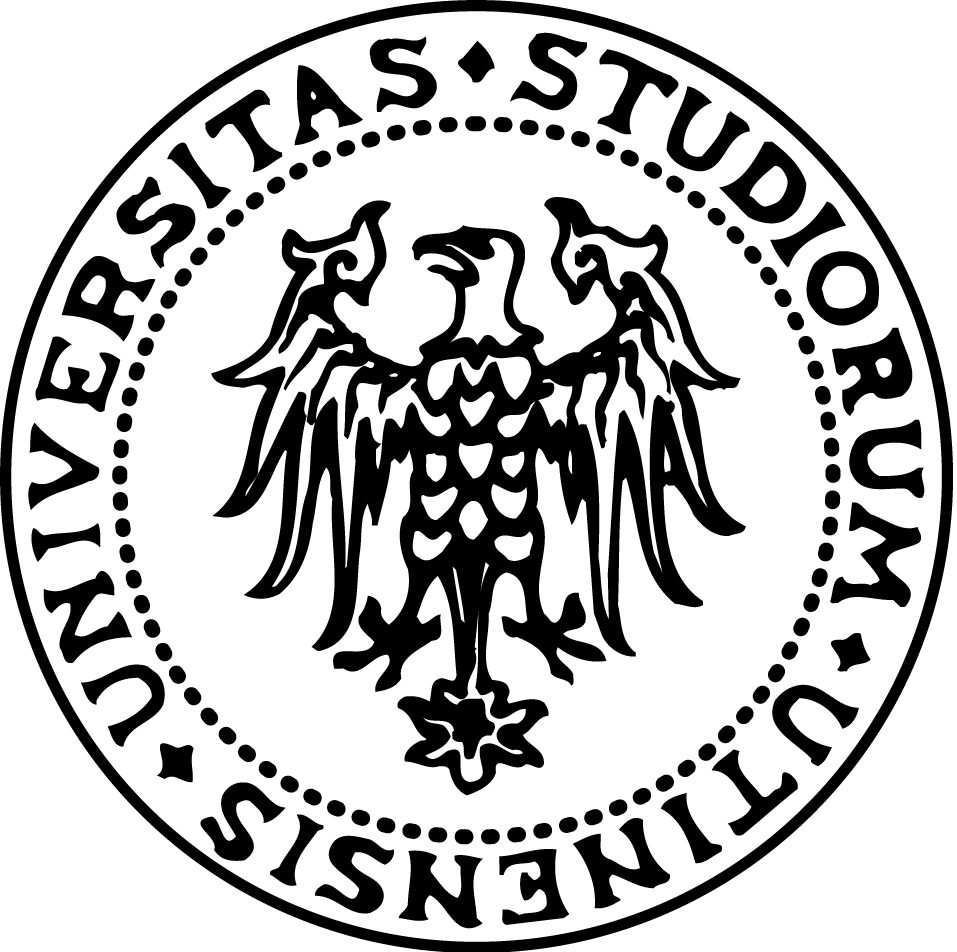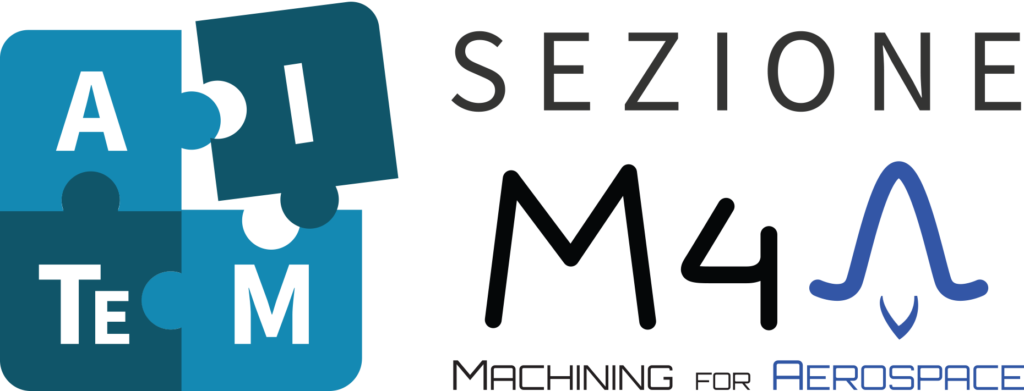


AITEM ACADEMY SPECIALIST TRAINING PRESENTS:
REDUCTION OF UNDESIRED VIBRATIONS IN MACHINING: RESEARCH CHALLENGES AND PRACTICAL APPROACHES FOR INDUSTRY
October 23–24, 2025
University of Udine – LAMA Laboratory
Via Sondrio 2, Building 4, 33100 Udine, Italy
PURPOSE
his course, organized by the Machining for Aerospace (M4A) section of AITEM in collaboration with the Polytechnic Department of Engineering and Architecture (DPIA) of the University of Udine, aims to provide knowledge and tools for addressing vibration issues in CNC machine tools due to the cutting process. Topics include:
- understanding the main physical causes and negative effects of undesired chatter vibrations in machining;
- identification and modeling of machining dynamics;
- numerical techniques for computing the stability diagrams, including the use of both research and commercial software;
- practical approaches for chatter avoidance and suppression in industry (passive, semi-active, active, hybrid, etc.);
- chatter detection by means of multi-sensory approaches and machine learning techniques;
- industrial experiences and case studies;
- demonstrative activities at the machine tool in the lab.
Note: Participants are advised to bring a laptop for hands-on exercises in Mathworks Matlab (or GNU Octave).
TARGET AUDIENCE
- PhD students, post-docs, and researchers in manufacturing technologies and systems;
- Process engineers, CAM programmers, machine tool operators and technicians;
- Consultants and professionals in manufacturing, tooling, automation, CAM software, and industrial sensors.
PREREQUISITES
- Solid technical background (at least at technician level) and/or experience with CNC machining.
- Familiarity with MATLAB is beneficial but not mandatory.
PROGRAMME
INSTITUTIONAL GREETINGS
Presidente of AITEM, Director of AITEM Academy
INTRODUCTION ON UNDESIRED VIBRATIONS IN MACHINING
Lecturers: Prof. Niccolò Grossi (UNIFI)
Content: Overview of vibration problems in machining: physical mechanisms, regenerative effect, process damping. Stability lobes diagram. Dynamics of turning and milling. Cutting force modeling and identification via dynamometers.
COFFEE BREAK
IDENTIFICATION AND MODELING OF MACHINING SYSTEM DYNAMICS
Lecturers: Prof. Paolo Albertelli (POLIMI)
Content: Experimental modal analysis of tooling system/workpiece system. Modal analysis through shakers (frequency sweep). Pulse testing by using instrumented hammers. Empirical Transfer Function Estimate. Identification of parametric SISO models characterized by multiple vibration modes. Estimate of tool tip dynamic receptance using receptance coupling techniques (which combine spindle nose measurements with FE modeling of the residual tooling system elements).
LUNCH
APPROXIMATE NUMERICAL TECHNIQUES FOR STABILITY DIAGRAM COMPUTATION
Lecturers: Prof. Niccolò Grossi (UNIFI)
Content: Milling dynamics expressed via Delay Differential Equations (DDEs); stability analysis of DDEs in the frequency and time domains. Practical examples using research and commercial software.
DEMONSTRATION AT CNC MILLING MACHINE: IDENTIFICATION OF MACHINING SYSTEM DYNAMIC COMPLIANCE, CHATTER TESTS AND COMPARISON VERSUS PREDICTED STABILITY LOBES
Lecturers: Prof. Giovanni Totis (UNIUD)
Content: Live machine demo: impact testing, compliance identification and parametric model estimation in MATLAB. Chatter experiments on CNC milling machine using slender tools and/or slender workpieces; comparison against numerically predicted stability lobes.
SOCIAL DINNER
PRACTICAL APPROACHES FOR CHATTER AVOIDANCE AND SUPPRESSION
Lecturers: Prof. Paolo Albertelli (POLIMI).
Content: Passive solutions (high-damping toolholders, variable pitch tools, TMDs), semi-active (spindle speed variation), active control with sensors/actuators, and hybrid approaches based on sensors and automatic machine tool adaptation/regulation.
COFFEE BREAK
SOLVING VIBRATION ISSUES IN AEROSPACE MANUFACTURING: INDUSTRIAL EXPERIENCES AND CASE STUDIES
Lecturers: Ing. Andrea Maurizio (PIETRO ROSA TBM)
Content: Chatter perception and mitigation in turbine/compressor blade manufacturing for the energy and aerospace sectors; resolved issues and open challenges.
LUNCH
INNOVATIVE TOOLS AND TOOLHOLDERS FOR CHATTER SUPPRESSION AND MONITORING IN PRODUCTION
Lecturers: Sig. Antonio Tarallo (SANDVIK COROMANT)
Content: Presentation of Sandvik Coromant solutions – tools and toolholder systems designed for the suppression and monitoring of unwanted vibrations (chatter) during chip removal machining operations. Advanced technological approaches and industrial case studies will be illustrated, highlighting improvements in process stability, productivity, and quality.
CHATTER DETECTION VIA MULTISENSORY AND MACHINE LEARNING TECHNIQUES
Lecturers: Prof. Giovanni Totis (UNIUD)
Content: Introduction about signal processing of real sensor signals acquired during the cutting process. Calculation of the Energy Ratio Chatter Indicator. Automatic classification of the cutting process (stable/unstable) using Sensor Fusion and Machine Learning.
CERTIFICATE OF ATTENDANCE
Participants may request a certificate indicating the total hours completed. The certificate can be used to apply for doctoral course credit at their home institution.
PARTICIPATION FEES
- PhD students and university researchers: €230 for the first day only, €350 for both days;
- Industrial personnel: €330 for the first day only, €500 for both days.
AITEM members (VAT exempt) are entitled to a 15% discount on the listed fees.
The prices indicated are net of 22% VAT for non-members.
The participation fee includes lunches on both days. The social dinner is optional and not included in the fee.
HOW TO REGISTER
To register, please fill out the form below and pay the participation fee. Once the form has been completed, you will receive a confirmation email with bank transfer details. For organizational reasons, payment must be completed by September 19, 2025.
Minimum number of participants: 12
Maximum number of participants: 20
